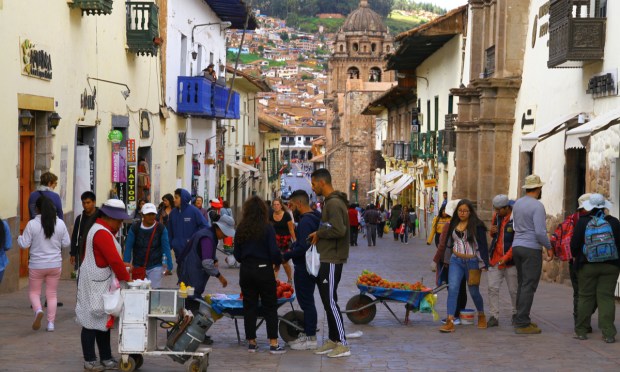Mexico and Peru to Follow Brazil’s Real-Time Payments Footsteps

Despite large proportions of unbanked households hampering real-time payments adoption in Latin America, some countries in the region are expected to see massive real-time payments growth in the coming years.
In Peru, for example, proliferation of the Immediate Interbank Transfers (IRT) system has been slow since it launched in 2016, with real-time payments accounting for just 0.3% of total transaction volume last year.
But despite that setback, the government has been actively promoting the real-time payment scheme since it launched, helping to drive digital transformation and enhance financial services across the country.
In fact, more than 2.6 million transfers were processed through the system in 2017, representing a 114% increase, according to César Ferreyros, general manager of electronic compensation chamber CCE, an entity belonging to the Association of Banks of Peru (ASBANC).
And that growth is set to continue, with PYMNTS research projecting that daily real-time payments volume in the South American country will hit 1 billion in 2027, growing at a compound annual growth rate (CAGR) of 57% over the next four years.
Mexico is also poised for massive real-time payments growth by 2026, despite having a high share of unbanked households which, over the years, has limited the spread of real-time payments among the populace.
Data from a recent edition of the “Real-Time Payments World Map,” a PYMNTS collaboration with The Clearing House, shows that Mexico is expected to double the daily volume of real-time transactions in just four years, exceeding 5 billion by 2026.
The country’s real-time payment system Cobro Digital (CoDi), which launched in 2019 and processes a maximum amount of 8,000 Mexican pesos ($445), is expected to play a key role in driving adoption moving forward.
Mexico was also early to the real-time payments scene, introducing its Interbank Electronic Payment Scheme (Sistema de Pagos Electrónicos Interbancarios – SPEI) back in 2004.
Argentina has three different real-time payment schemes: Pago Electrónico Inmediato, which launched in 2016 and is geared toward peer-to-peer (P2P) payments; DEBIN, a real-time direct debit system that debuted in 2017; and Transferencias 3.0, which is backed by the central bank and relies on QR codes, per PYMNTS research.
Although real-time payments volume in the country is not expected to reach 1 billion like in other Latin American countries, it is poised to grow nonetheless, increasing from 25 million in 2021 to exceed 300 million by 2026, PYMNTS projects.

